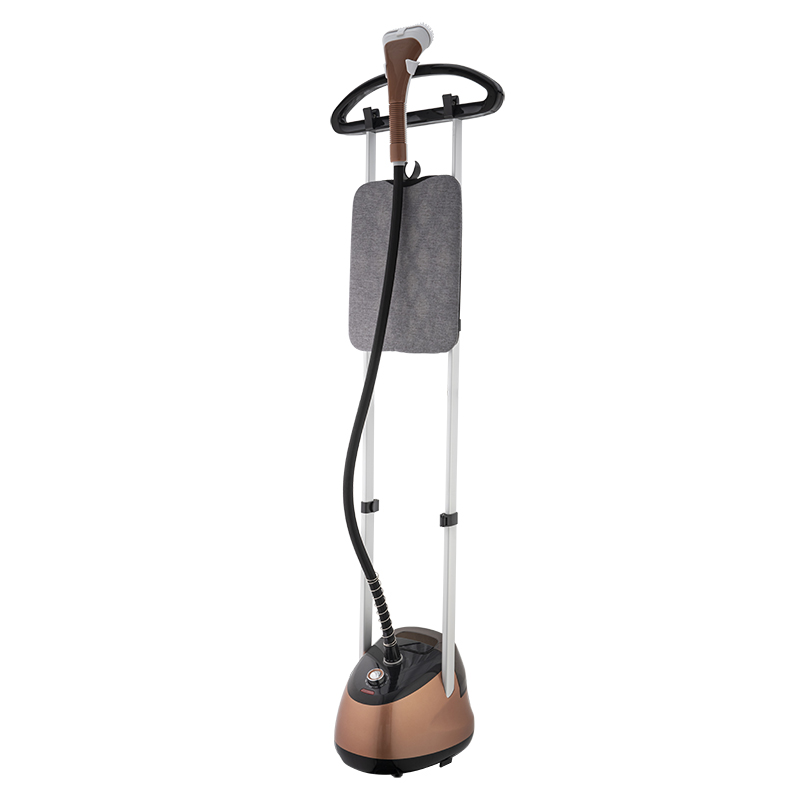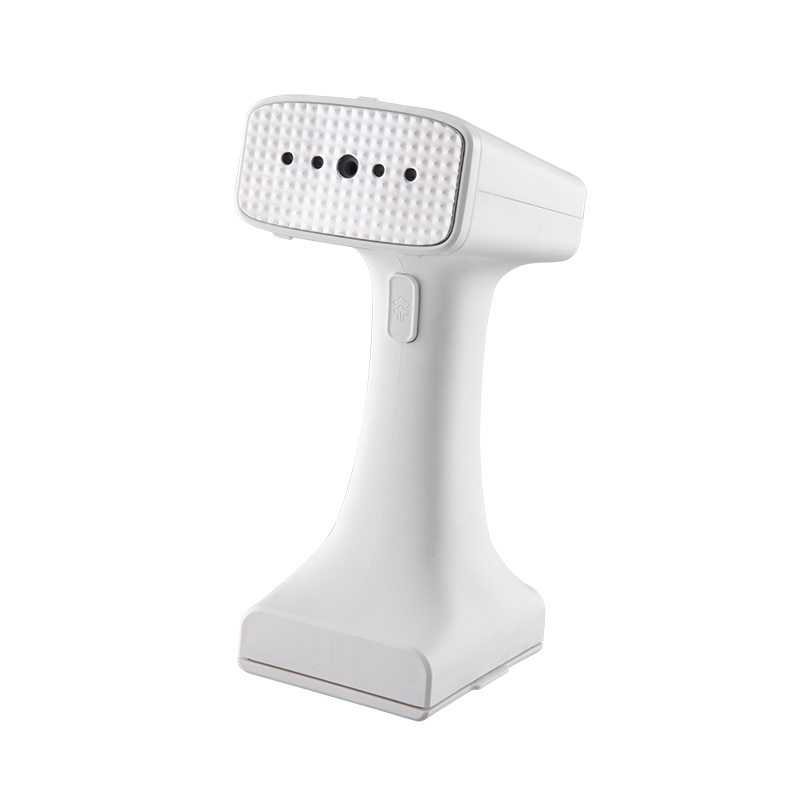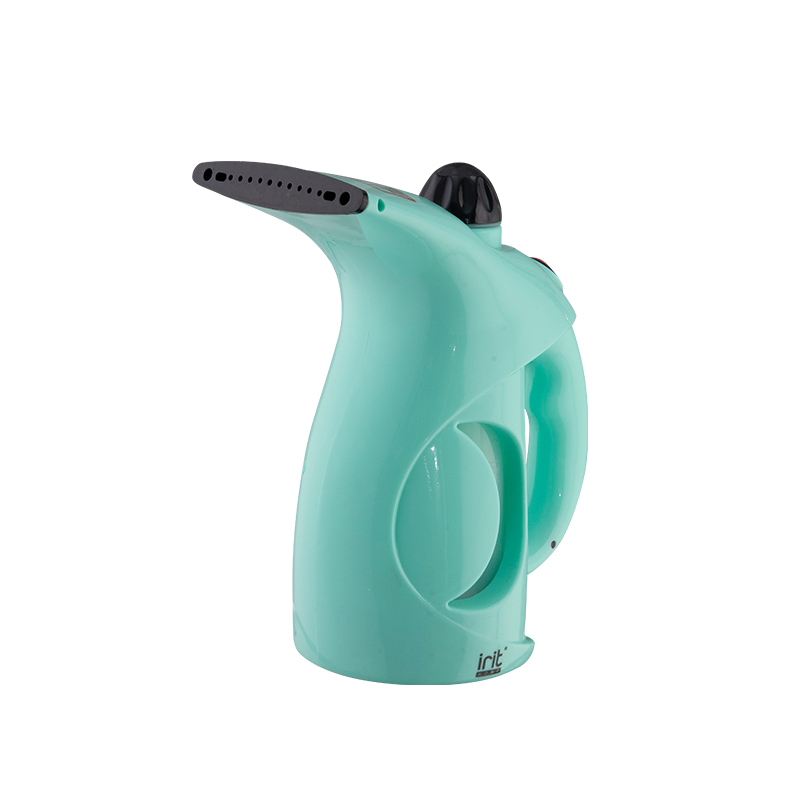 English
English Español
Español  Português
Português  русский
русский  Français
Français  日本語
日本語  Deutsch
Deutsch  tiếng Việt
tiếng Việt  Italiano
Italiano  Nederlands
Nederlands  ภาษาไทย
ภาษาไทย  Polski
Polski  한국어
한국어  Svenska
Svenska  magyar
magyar  Malay
Malay  বাংলা ভাষার
বাংলা ভাষার  Dansk
Dansk  Suomi
Suomi  हिन्दी
हिन्दी  Pilipino
Pilipino  Türkçe
Türkçe  Gaeilge
Gaeilge  العربية
العربية  Indonesia
Indonesia  Norsk
Norsk  تمل
تمل  český
český  ελληνικά
ελληνικά  український
український  Javanese
Javanese  فارسی
فارسی  தமிழ்
தமிழ்  తెలుగు
తెలుగు  नेपाली
नेपाली  Burmese
Burmese  български
български  ລາວ
ລາວ  Latine
Latine  Қазақша
Қазақша  Euskal
Euskal  Azərbaycan
Azərbaycan  Slovenský jazyk
Slovenský jazyk  Македонски
Македонски  Lietuvos
Lietuvos  Eesti Keel
Eesti Keel  Română
Română  Slovenski
Slovenski  मराठी
मराठी  Srpski језик
Srpski језик
How can an ironing machine transform your wardrobe routine?
2025-11-03
Table of Contents
-
Why choose an ironing machine?
-
What specifications matter for the Ironing Machine?
-
How do two key types – Hanging Ironing Machine & Steam Iron – compare?
-
FAQs: Common questions answered
Why choose an ironing machine?
In today’s fast-paced world, getting well-pressed clothing with minimal effort is a real advantage. A dedicated Ironing Machine offers benefits beyond a standard iron. According to industry insight, automatic ironing machines provide not only speed, but gentle fabric care and consistent results.
-
Time-saving: These machines often handle garments faster than manual ironing, freeing you for other tasks.
-
Consistent finish: A machine ensures more uniform pressure, heat and steam distribution compared to manual ironing, which may vary.
-
Fabric care: Advanced machines are designed to treat fabrics gently — prolonging the life of garments.
-
Scalability: For larger households or semi-professional laundry set-ups, choosing a machine over a simple iron makes practical sense.
In short: If you value efficiency, quality of finish and fabric longevity, the Ironing Machine is worth considering.
What specifications matter for the Ironing Machine?
When selecting an ironing machine, whether for home or small commercial use, professional buyers look at specific technical parameters. Below is a table summarising key specs you should expect — model-dependent, of course:
| Specification | Typical Acceptable Range | Why it matters |
|---|---|---|
| Power (W) | ~ 1000 W – 2000 W or more | Higher wattage → faster heat up, better steam. |
| Voltage / Frequency | 220-240 V, 50/60 Hz | Compatible with standard power supply. |
| Steam output / burst | e.g., 30-110 g/min (for steam models) | Higher steam output = fewer passes. |
| Soleplate / pressing area | e.g., non-stick soleplate or dedicated pressing plate | Ensures smooth glide, avoids sticking. |
| Garment capacity / size | e.g., supports shirts, trousers, jackets | Flexibility for different garment types. |
| Automation / cycle time | e.g., 5-15 minutes per garment (for some fully automatic models) | Faster turnaround, less manual effort. |
| Safety features | e.g., auto shut-off, over-heat protection | Critical for consumer safety and longevity. |
For example: the model described in one source uses 1400 W, size 340 × 248 × 355 mm, supports shirts and trousers, dries and irons automatically in 5-15 minutes.
When you evaluate a model, match these specs with your usage scenario: home-use vs. business-use; garment types; space available; budget.
How do two key types compare – Hanging Ironing Machine & Steam Iron
In practice, two popular categories of ironing machines are worth differentiating: the hanging-ironing-machine (automatic upright machines) and the Steam Iron (traditional or station style). Both serve to de-wrinkle garments but with different workflows, advantages and trade-offs.
Hanging Ironing Machine
This type of machine typically involves placing a garment on a hanger or frame, and the machine applies heat/steam and pressure from all sides, often in a vertical orientation.
-
Workflow: Hang garment → attach or hang in machine → press start → in minutes the garment is dry, pressed and ready.
-
Advantages: Saves manual back-and-forth with board and iron; less handling; often faster for shirts/tops.
-
Considerations: Might be larger footprint; may require specific garment positioning; less suited for very heavy fabrics or large sheets.
-
Ideal for: Busy professionals, wardrobes with many shirts/blouses, garment-rental or boutique settings, or households where ironing is a chore to minimise.
Steam Iron
The traditional style (though many advanced versions exist) — you hold the iron, use a board, apply steam or heat to fabric.
-
Workflow: Set up board, fill water reservoir, iron each item manually.
-
Advantages: Greater control for creases, heavy fabrics, tailored work; often lower cost entry point.
-
Considerations: More labour intensive; results vary with user’s skill; takes more time.
-
Ideal for: Home use where quantity is moderate, heavier fabrics (linen, denim), users who prefer manual finishing detail.
In comparing:
-
If your priority is minimum effort + speed + daily dress shirts, a Hanging Ironing Machine is compelling.
-
If your priority is professional finish for heavy fabrics, tailored items, a high-quality Steam Iron remains very relevant.
For instance, one compact steam iron model offers SmartSteam technology, automatic shut-off, and non-stick soleplate — a strong home option: Black+Decker Easy Steam Compact Iron
On the other hand, for fully automated hanging finishing: Automatic Ironing Machine Portable Clothes Dryer 2025 Upgraded (example product) shows the trend toward “hang-and-go” solutions.
FAQs: Common questions answered
Q1: How does an ironing machine work differently from a regular iron?
A1: A standard iron relies on the user to move the iron over the garment, applying heat/steam and pressure manually. The machine automates much of this: it may stretch or clamp the garment, heat or steam in a controlled cycle, apply pressure or inflate-blow to smooth the fabric, and then release the finished item with minimal user interaction. For example, described automatic machines connect to a “balloon” attachment and can press shirts in 5-15 minutes.
Q2: Why should I consider an automated ironing machine rather than stick with my current iron?
A2: The reasons include labour saving (especially when you have many garments), consistency (less variability in finish), fabric care (machines designed for uniform treatment and less wear), and sometimes space or convenience advantages (less bending over an ironing board, quicker turnaround). If ironing is a frequent chore, the time and quality gains can justify the investment.
Q3: What should I look out for when buying an ironing machine (or steam iron)?
A3: Key considerations are: suitability for your garment types (shirts vs heavy fabrics vs linens), speed and cycle-time, size and space requirements, power and steam output, safety features (auto shut-off, over-heat protection), ease of use and maintenance (water tank, descaling), and brand/service support. Also consider how often you will use it: a machine is more compelling if you have lots of items to press regularly.
In conclusion: Whether you are upgrading your wardrobe care routine, managing a small laundry or guest-house facility, or simply seeking convenience and professional results at home, selecting the right ironing solution matters. A Hanging Ironing Machine delivers high convenience and speed for shirts and lighter garments; a Steam Iron offers control, finishing finesse and works well for heavier fabrics or custom items.
If you’d like more details about specific models, comparisons or how the brand Meiyu fits in with premium ironing-machine options, I’d be glad to provide them. For further inquiries or customised recommendation, contact us at NMeiyu and we’ll be pleased to assist you.
-
E-mail
-
Call Us
-
Address
No. 698, Yu'an Road, Zhouxiang Town, Cixi City
If you are interested in our products, like garment steamer, vertical garment steamer, handy garment steamer, you can consult us by email, and we will reply you within 24 hours.







